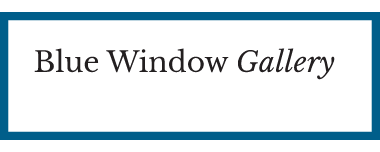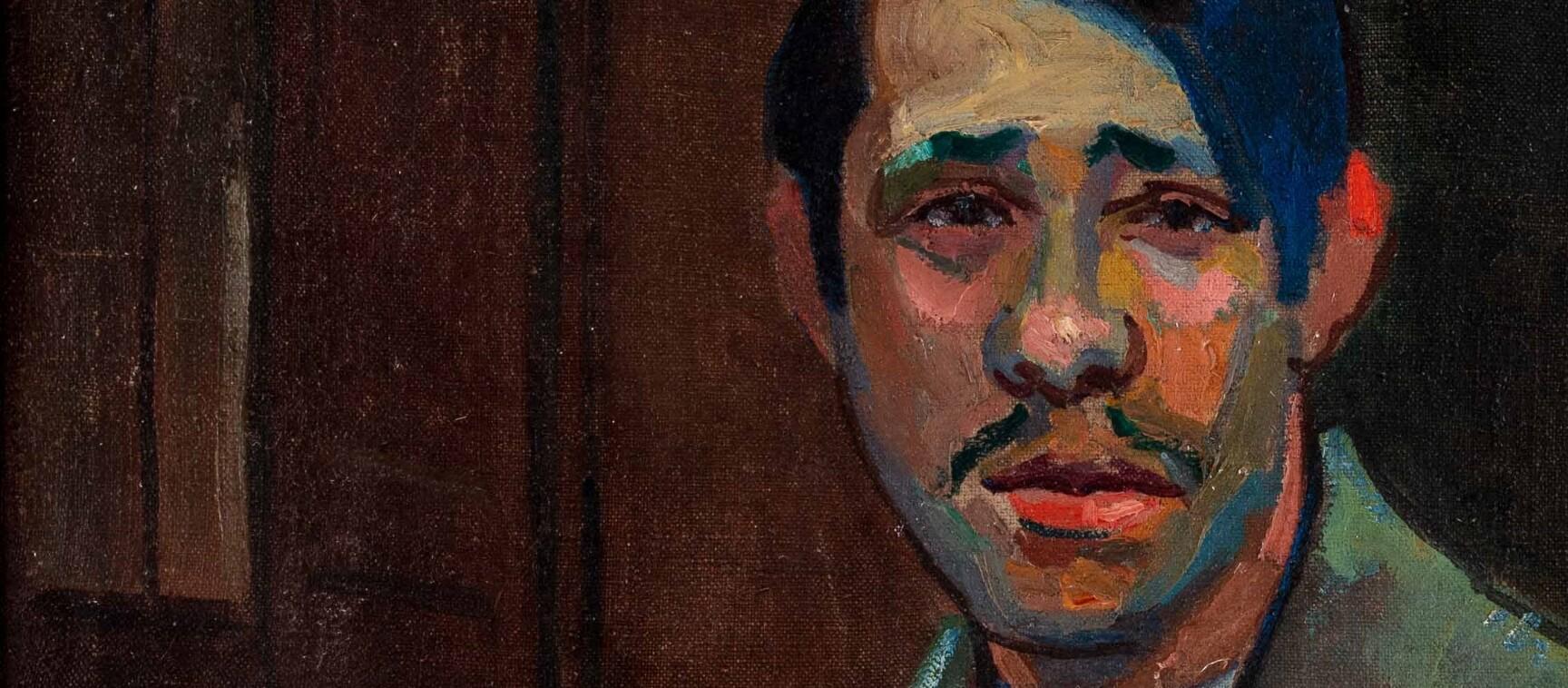About us
The why
Everyone has a why. Do you know yours?
We know ours.
mip’nei tikkun ha-olam (Hebrew) - for the sake of repairing the world
We believe that we humans bear responsibility not only for our own mental, spiritual, and material welfare and advancement, but also for that of our society. With this responsibility comes a duty: to “repair the world”.
Everyone has his or her own way of doing something constructive, finding the right role and playing their part, accomplishing not just personal goals but also goals aligned to the wider common good, serving the community and society at large. Joining a multitude of paths into a unified effort to repair the world. It is our way.
That’s why.
“And Jacob dreamed that there was a ladder set up on the earth, the top of it reaching to heaven; and the angels of God were ascending and descending on it.” (Genesis 28:12)
We believe that humans too can be the angels who ascend and descend on the ladder between worlds. When we do something constructive, we take the world with us one little step higher up; when we act in wrong or sit in idleness, we take ourselves and those around a step down the same ladder. What we do or don’t ripples wide and far.
That’s why.
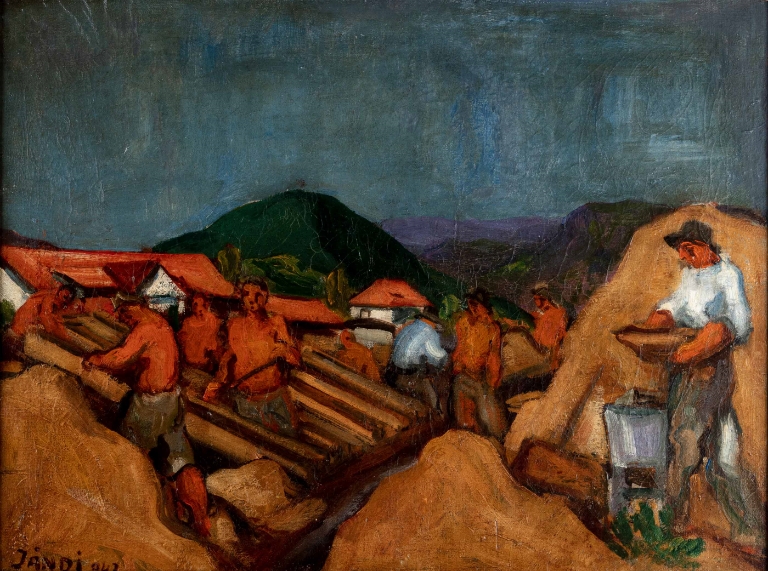
“That was a nation who had passed away. They shall receive the reward of what they earned and you of what you earn. And you will not be asked of what they used to do.” (Surah Al-Baqarah 2:134)
We believe that just by standing on the shoulders of Giants, although we might gaze further, we are not seeing the whole truth. Building on previous discoveries and using the understanding gained by those who came before us doesn’t guarantee progress.
For us, progress means making our own effort to discover the world by using our own understanding and advancing our capability and skills; it means education. And art, because art charts the path forward for humanity.
That’s why.
The where
“Where to?” - the question that the western world asked itself around the early 20th century.
Those times gave rise to monsters: communism, nazism, colonialism, racism, financial crash, pogroms, Holodomor, Gulag, Shoah, etc. Those were also the times for artistic enlightenment; when art became a language spoken in various domains from financial to political. The winds of change moved from the cultural elite toward an emerging middle class with an interest in art, of which a high proportion were Jewish.
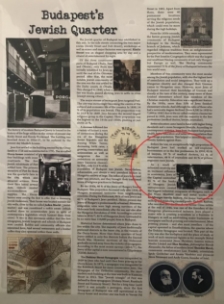
Paris, Munich, Vienna, Budapest and the wider Austro-Habsburg Empire became the scene of a vibrant arts and cultural movement, which not just survived the War, but defined art as we know it today.
Meanwhile, in places like Oradea – Nagyvarad - GrossWardein; Cluj - Kolozsvar - Klausenburg; Nagybanya - Baia Mare; Satu Mare – Szatmar - Satmar; Czernowitz - Chernivtsi – Cernauti, an emerging middle class was acquiring a taste in the new art and modernism. Local intellectuals, artists and art amateurs saw the light and wanted to enlighten their corner of the world. They wanted their own scene.
An incipient art scene started to develop as young artists of promising talent gained recognition with the support of benefactors and local authorities.
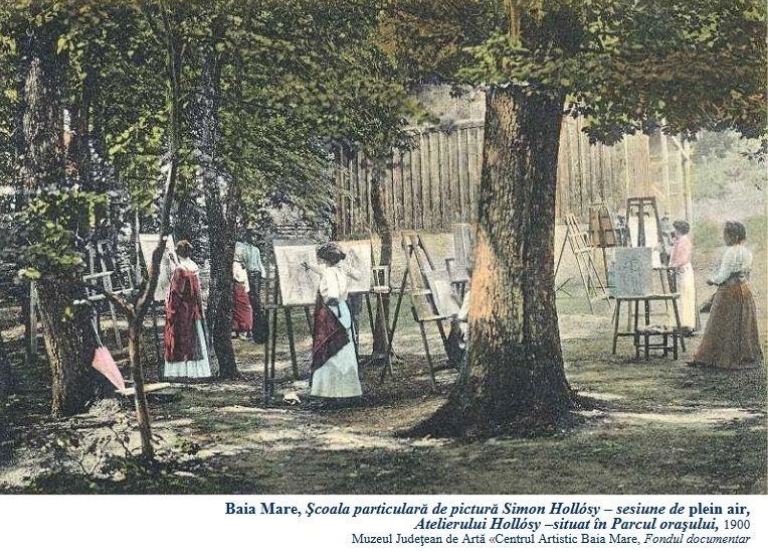
At Nagybanya – Baia Mare, the Austro- Hungarian authorities supported the independently-established Painter’s Colony. It was attended by over 2000 young painters, including female artists, showcasing the positive impact of non-discriminatory approach to student enrolment.
It was the golden age of arts, so it was time for the promising artists to glow: some worked alongside young colleagues like Chagall and Modigliani, some studied with Matisse, some were remarked by Picasso.
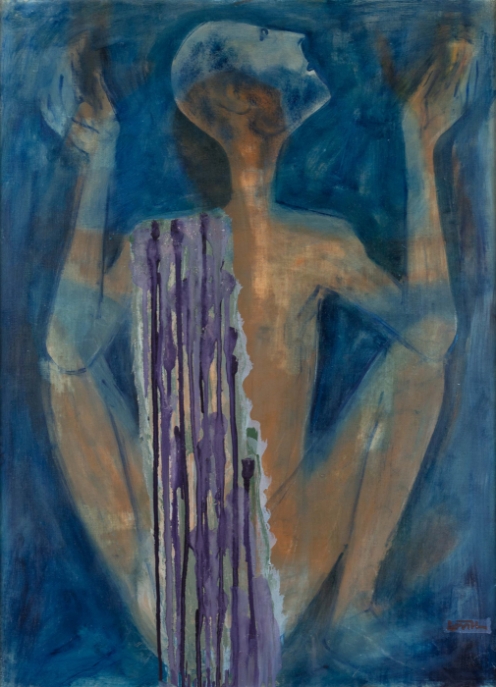
The dark times came, the Nazi nightmare unfolded, and the low vanished away in front of racial laws, forced labour, deportations and mass killings.
Many of the artists and art benefactors were jewish. Where there aren’t choices to be made, where it is all going?
The what
Their legacy is incomplete.
By losing the artists silenced by authoritarianism, we lost collectively as a society. We remained a generation behind. At Blue Window Gallery, we are trying to revive the surviving artworks that made it through the nightmare and across generations.
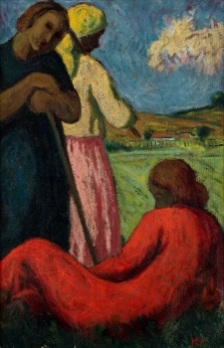
“The what” - are the works of the region’s artists who perished at the hands of authorities or went through the Holocaust.
They are limited in number. Difficult to find. Didn’t receive the recognition they perhaps deserved. Searching, purchasing and giving them the chance to enjoy the daylight they were refused back then, this is our purpose now.
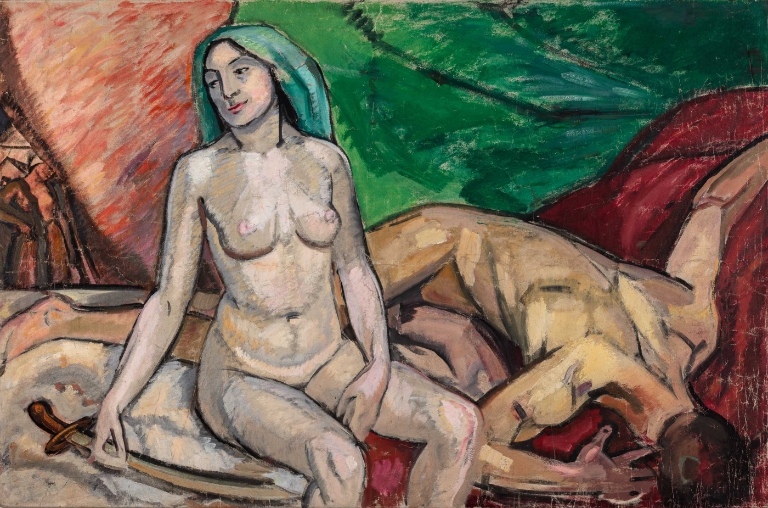
Blue Window Gallery isn’t just an art collection, it is also an attempt at preserving life stories.
Beyond the stories of the paintings and the graphics, there are the life stories of these artists and their communities, whether Jewish, Christian or of no religious belief, artists who experienced the War and the Holocaust. People, before artists, who died for what they were or for what they believed in. They died for “the what”.
Blue Window Gallery collection is made of some 100 works to date, the vast majority of which were successfully certified and with authenticity documents. Or, better said, it is made of some 100 stories.
The how
Our work of digitizing and making the collection available online is a never-ending story.
And we want to share it with the whole world. We would like school children to learn about art and through art about the past. Because for us, progress means education and art, as it charts the path forward for humanity.
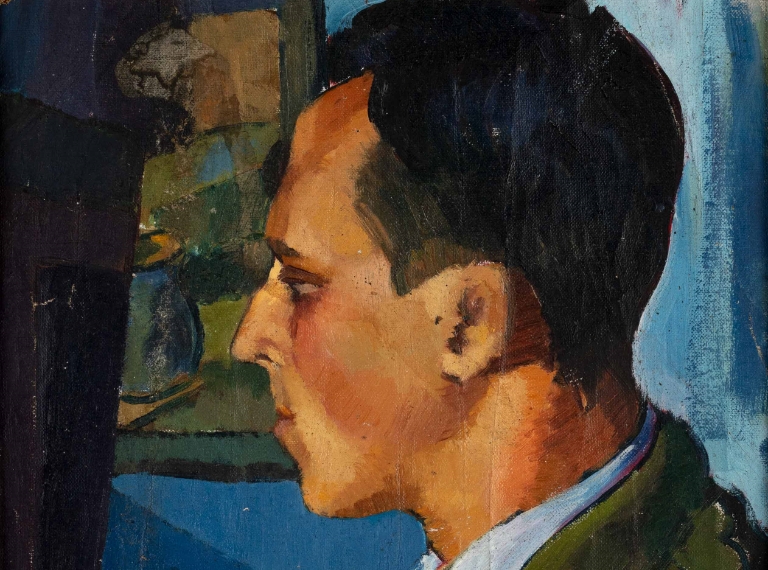
We want the art and the life stories behind it to take the audience on a journey across Europe and the world. We want others to learn from past mistakes. We want to advance research, catalogue, restore, exhibit. And, as we are continuously adding to this collection, we want to engage with others who think alike. We want to foster dialogue.
That’s how (we chose to do this).
